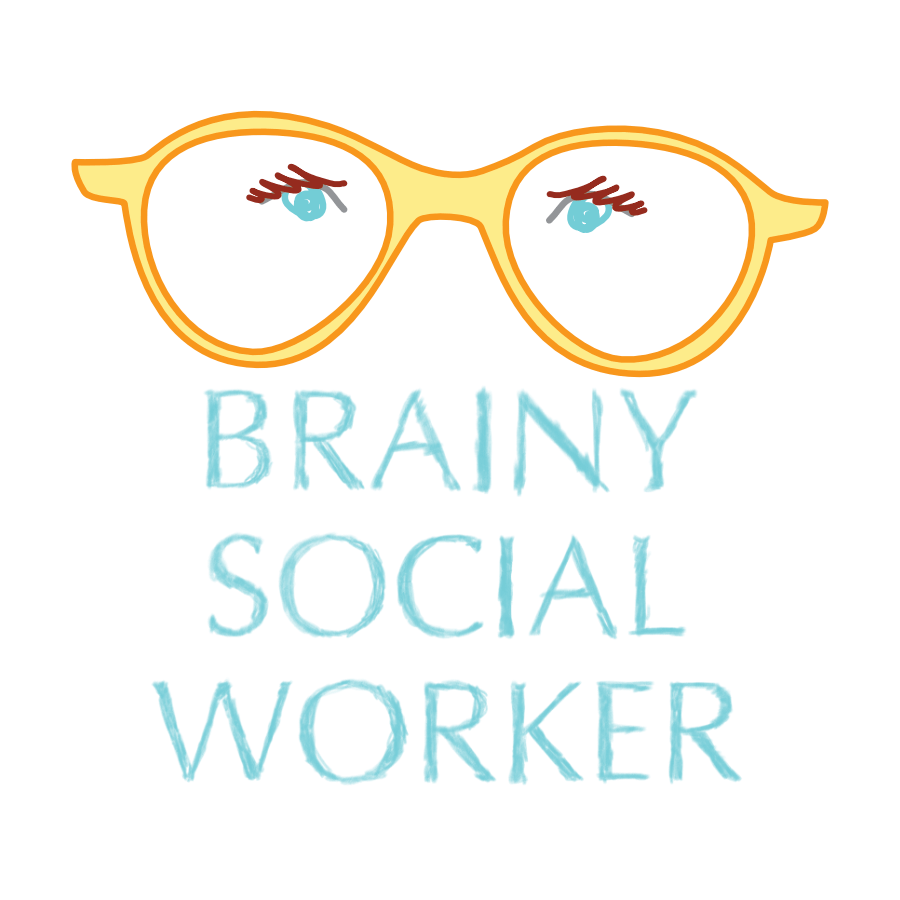What is Brainspotting?
Brainspotting is a powerful, brain-based therapy that helps people process and heal from trauma, distressing emotions, and deep-seated pain. It works by identifying and accessing points in the visual field—called brainspots—that are linked to unresolved trauma stored in the brain and body. By focusing on these brainspots in a safe and supportive environment, the brain can process traumatic experiences more effectively, leading to lasting emotional and physiological healing.
Brainspotting is particularly effective for those who struggle with traditional talk therapy, as it bypasses the logical brain and engages the deeper, instinctual parts of the nervous system where trauma is stored.
How Brainspotting Can Help
Brainspotting is a flexible and gentle approach that can help with:
PTSD & Trauma – Whether from a single event or ongoing, chronic trauma, Brainspotting helps process distress without having to verbally relive every detail.
Attachment Trauma – Early relational wounds, neglect, and disruptions in caregiving relationships can leave deep emotional imprints. Brainspotting can help reprocess these experiences and foster a greater sense of emotional security.
Medical Trauma & Chronic Illness – Many people, especially disabled and chronically ill individuals, have faced invalidation, neglect, or harm in medical settings. Brainspotting provides a space to process the fear, grief, and frustration associated with these experiences.
Neurodivergent Individuals – Many autistic, ADHD, and otherwise neurodivergent people experience heightened sensory processing, emotional dysregulation, and trauma from living in an ableist world. Brainspotting offers a non-verbal, body-based way to access healing that respects neurodivergent processing styles.
Anxiety, Stress, & Emotional Overload – Whether caused by past trauma or ongoing life stress, Brainspotting can help regulate the nervous system and reduce overwhelm.
Why Brainspotting Works
Unlike traditional talk therapy, Brainspotting doesn’t require extensive discussion or cognitive processing of traumatic events. Instead, it engages the brain’s natural ability to heal itself. Some key aspects of why it’s so effective include:
Body-Based Healing – Trauma isn’t just stored in the mind; it’s stored in the body. Brainspotting helps release tension, physical pain, and emotional distress at the nervous system level.
Bypassing the Thinking Brain – Instead of relying on logic and language, Brainspotting taps into deeper, instinctual parts of the brain where trauma is stored, allowing for more profound healing.
Works at Your Pace – This method allows clients to process experiences at a comfortable and manageable speed, reducing overwhelm or re-traumatization.
What to Expect in a Brainspotting Session
Brainspotting is a highly individualized process, but a typical session may look like:
Identifying an Issue – We start with what you want to focus on, whether it’s a specific trauma, a physical sensation, or a general emotional state.
Finding the Brainspot – Using guided eye positions, we locate where in your visual field you feel the most activation or relief. This spot corresponds to where your brain is holding onto unresolved trauma.
Processing & Healing – With my support, you’ll focus on the brainspot while allowing your body and mind to process whatever arises. This might include shifts in emotions, physical sensations, or memories.
Integration – After the session, we’ll discuss what came up and how to integrate the healing into your daily life.
Is Brainspotting Right for You?
If traditional therapy hasn’t worked or if talking about your experiences feels overwhelming, Brainspotting offers an alternative path to healing. It is especially helpful for those who:
✔️ Feel stuck in their healing journey
✔️ Struggle with talk-based therapy approaches
✔️ Have trauma stored in the body (chronic pain, dissociation, medical PTSD)
✔️ Need a gentle but effective approach to processing distress
Brainspotting is a compassionate, accessible, and deeply effective way to work through trauma, especially for disabled and neurodivergent individuals. You don’t have to process your pain alone—this approach allows your brain to do the healing work in a way that feels safe and natural to you.


